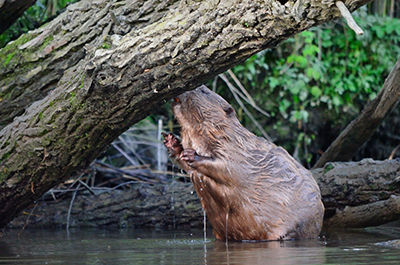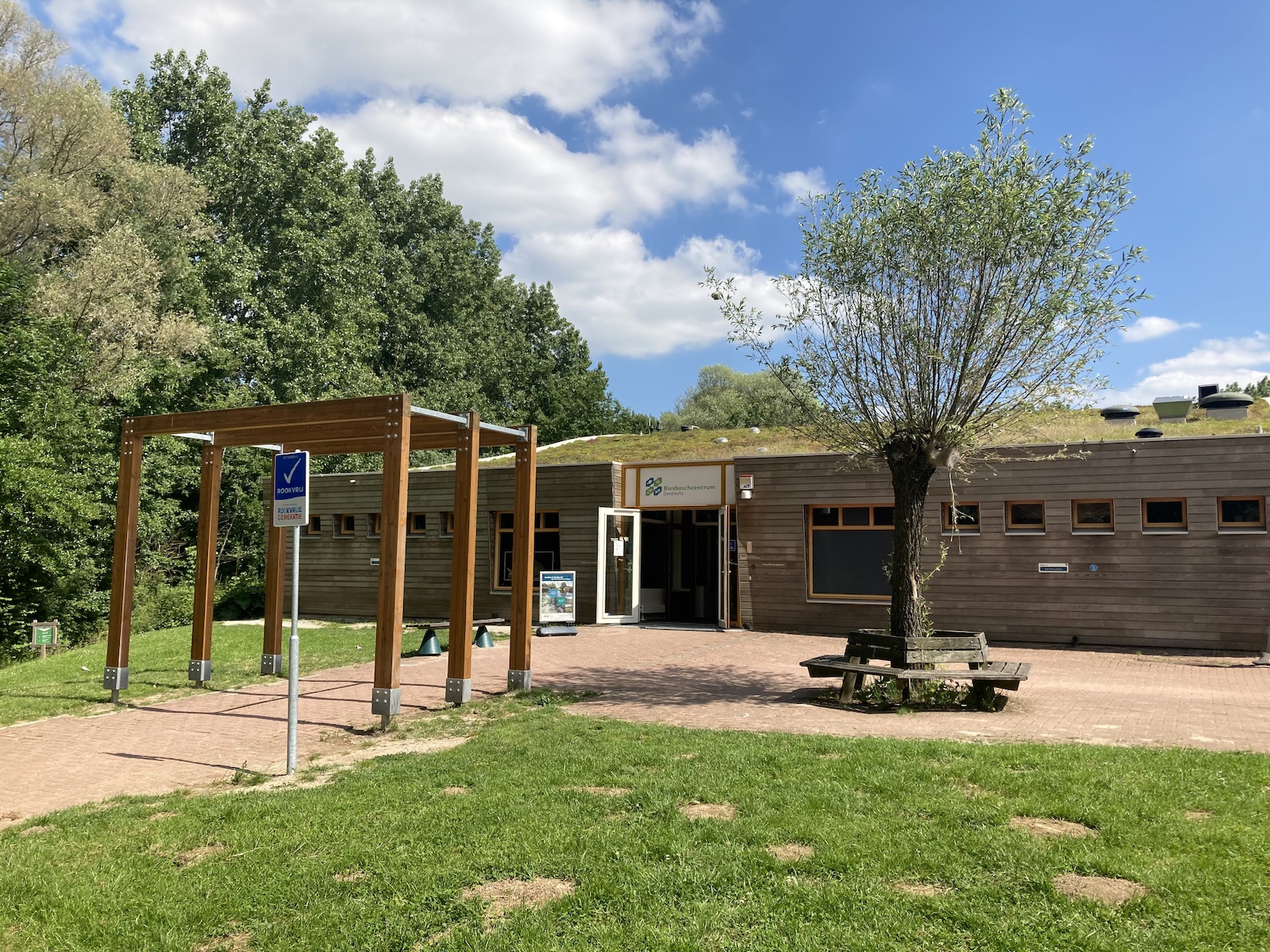The Biesbosch National Park
Welcome to the largest freshwater tidal zone in Europe! Discover all the outstanding places and find out about the many ways to get the best out of the region. Go by boat along willow-clad river banks, canoe through jungle-like creeks, walk on unpaved paths or cycle through polders full of birds.
In some parts of the Biesbosch, the tidal range can reach up to 80 cm. The tides come about because the waters of the Rijn (Rhine) and the Maas (Meuse) rivers flow seawards via the Biesbosch and Haringvliet. At high water, this process is reversed as the waters are pushed back upstream. This constant ebb and flood creates a dynamic landscape with its own unique range of fauna and flora.
No day is like any other in the Biesbosch. The Biesbosch is always in motion!
 Flora and Fauna
Flora and Fauna
The landscape of the Biesbosch is very diverse. The Biesbosch is home to a rich variety of animal and plant species, both on land and in wet areas. The beaver, the largest rodent in Europe, is the icon of the national park. The Biesbosch is home to more than 300 beavers. It’s also possible to see deer and foxes here. Thanks to its lush woodland and the presence of many prey animals, there are plenty of nesting sites for birds such as the goshawk, sparrowhawk, buzzard and marsh harrier. The wetland region also offers favourable breeding conditions for less common birds of prey, such as the white-tailed eagle and the osprey. The reed beds provide an ideal habitat for songbirds, such as the reed warbler, sedge warbler, reed bunting and Cetti’s warbler. The kingfisher and bluethroat are also resident bird species here.
The characteristic flora of the Biesbosch is a result of the moist conditions here. The withy-beds are home to plant species such as enchanter’s nightshade, loosestrife, orange jewelweed and touch-me-not balsam. The huge Himalayan balsam generates a real jungle of pink flowers. The araneosa, a subspecies of the marsh marigold, comes from mid-April to mid-May into flower. This plant is rare and specific to fresh water tidal zones.
Cultural history
In the wake of the devastating Saint Elizabeth Flood of 1421, a wetland region of small islands emerged. Rushes, called 'bies' in Dutch, were the first plant species to take hold, hence the name given to the area, the Biesbosch. Slowly but surely, the land was reclaimed by humans and used for the cultivation of rushes, reeds and willow. For centuries, wood from the willows was the biggest source of income in the Biesbosch. Life in this remote wetland region was tough for the men and boys who harvested the willow branches. They stayed overnight in reed huts and slept on reed matting. During a walk or an excursion through the Biesbosch, you can still see and visit a number of these authentic huts.Welcome to the largest freshwater tidal zone in Europe! Discover all the outstanding places and find out about the many ways to get the best out of the region. Go by boat along willow-clad river banks, canoe through jungle-like creeks, walk on unpaved paths or cycle through polders full of birds.


